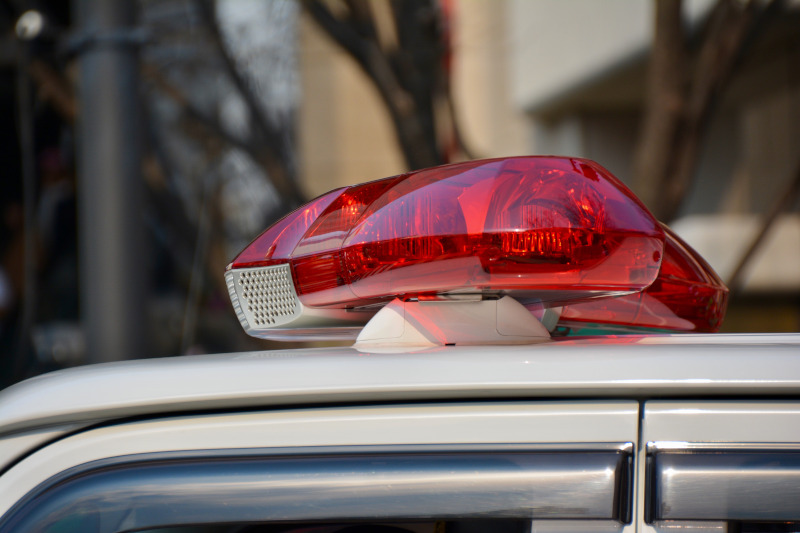As technology continues to reshape nearly every sector of society, law enforcement leaders now have an arsenal of high-tech systems and tools that are designed to enhance public safety, catch criminals and save lives.
- Facial Recognition Software–this isn’t necessarily a new concept, but it hasn’t always been the most functional or accessible software. Taking facial recognition software out of the police lab and into the streets has some promising pro’s, but a few are worried about the possibility of mistakes (leading to the arrest of an innocent person, because as we all know, no piece of software is ever going to be perfect from top to bottom). Imagine traffic light camera, and security cameras found on the streets and in businesses, being able to scan a large crowd for a wanted criminal and alerting the police to his whereabouts, the efficiency sounds promising.
- Robots– Many law enforcement agencies are now using next-generation robotic cameras to deliver visual and audio surveillance of potential crime scenes that may be too dangerous or too hard for officers to reach. A few examples of this application are: Patrolling tourist attractions with a touchscreen-equipped robot officer, as is done currently in Dubai. China’s ongoing development of an “AnBot” robot to patrol banks, airports and schools. Ever-expanding capabilities for robots to gather surveillance information, take police reports and provide communications in settings where human officers’ safety would be compromised.
- ShotSpotter–Named for the leading provider of this technology — California-based ShotSpotter — the service can cost $40,000 to $60,000 per square mile per year for cities to cover high-crime areas. The company claims it can “detect 90%+ of gunfire incidents with a precise location in less than 60 seconds to significantly improve response times.”
- Smart Cars–Innovation in modern police cruisers (and those of the future) has brought about such upgrades as fingertip access to Wi-Fi connected laptops, tablets and in-dash computers, giving officers the benefit of instant access to vital information, communication systems and more.
- ALPR–For police, this technology is helpful to automate and speed up the process of taking down license plates and checking them against law-enforcement databases. ALPR cameras can be used in police cruisers, and in many cities such cameras are also mounted at streetlights, intersections and elsewhere.

